While Facebook has made it simple for any business to conduct an ad campaign, the sheer volume of information might be overwhelming for some. You must consider numerous variables in order for Facebook ads to be effective, including ad structure, ad location, and target audience. These factors must also be in sync with your goals and budget.
Nonetheless, being one of the most affordable solutions, the platform is difficult to overlook. The average cost per click (CPC) for Facebook advertising ranges from $0.50 to $2 for most sectors. Most marketing budgets fall inside this pricing range. However, if you do not pay close attention to the other aspects outlined above, you might simply derail your advertising budget.
You may collaborate with a Facebook advertising firm to assist you avoid beginner mistakes and get high-quality returns and benefits. The right partner will know how to properly allocate campaign resources, optimize ad assets, and place your ads. It's important to understand the standards and practices that specialists use to obtain cost-effective results, in addition to collaborating with the correct agency.
Facebook Ads Guidelines
The first portion of this essay covers the technical and creative aspects of Facebook advertising. Let's go through the various ad types and their respective dimensions.
So you and your Facebook advertising company may pick the sort of ad you want to run, paying attention to the right resolution, dimensions, and other details helps guarantee that your visual assets look great across the board.
Image
Picture advertisements are a basic method for Facebook advertising that mix a text and images to catch your target market's attention.
Whether it's a personal shot or a stock image, be sure it follows these guidelines*:
|
Image Ads |
|
If the picture ratio is 1.9:1, the minimum image resolution is 1,200 x 628 pixels (landscape) 1,800 x 1,800 pixels if image ratio is 1:1 (square) Minimum dimensions: 600 x 600 pixels |
Video
Ultimately, you want to attract consumers to your site and encourage them to convert. Video advertising is more powerful than any other medium in assisting you in achieving this goal. These visually appealing assets are a fun way to show off your product, service, or brand. They assist you in delivering a message that motivates viewers to act.
Your Facebook ad agency or teams should follow these criteria to your videos* for optimum impact:
|
Video Ads |
|
Ratio: 1:1 (desktop or mobile) 4:5 (mobile only) Minimum video resolution: 1,080 x 1,080 pixels Minimum dimensions: 120 x 120 pixels Video length: 1 second to 241 minutes |
Carousel
You may use the carousel style to display up to ten photos or videos in your ad. There's ample area to emphasize distinct options, highlight service or product features, or explain your company narrative in stages. Each carousel card can also include a link.
Here's how to make your Facebook advertising more effective in this format:
|
Carousel Ads |
|
Carousel cards: 2 to 10 Minimum resolution: 1,080 x 1,080 pixels Video length: 1 second to 240 minutes |
Slideshow
Slideshow advertisements are great for displaying steps or sequences since they include video, sound, and text while being lightweight. They are simpler to create and load faster than video, making them ideal for audiences with slower internet or older devices.
|
Slideshow Ads |
|
Aspect ratio: 16:9 or 1:1 Slides: 2 to 15 Minimum resolution: 1,080 x 1,080 pixels Slideshow length: Up to 15 seconds |
Collection
In a collection commercial, a single cover photo or video is accompanied by many product pictures. Users are directed to a full-screen homepage called Instant Experience when they tap your ad. This user experience gives prospects a visual and engaging approach to learn about, browse, and buy your goods.
Keep the following in mind before selecting this format:
Collection Ads
Ratio: 1:1
Minimum Resolution: 1,080 x 1,080 pixels
Requirements: Landing page URL, Instant Experience
Stories
Stories are temporary photos or videos that show on Facebook's many platforms, including Facebook, Instagram, and Messenger. Unlike organic Stories, advertising on Stories does not deactivate after 24 hours.
You may employ image, video, or carousel advertising in all its full-screen grandeur with Stories advertisements. This comprehensive format is ideal for increasing brand recognition and communicating with clients where they like to spend their time.
Messenger
Using an Advertisement that links to Messenger, You might be able to pique the interest of the target population. You may automate processes by utilising the MESSAGES objective in Ads Manager - for more information on Facebook ad technology, read the following section.
Playables
Allow people to try out your game or programme via a playable ad to persuade them to install it. A lead-in video can be used to persuade the viewers to tap or click.They should be sent to a complete product video demonstration if they take this step. When touched or clicked, a call-to-action (CTA) button should redirect users to the DOWNLOAD AND INSTALL page.
How to Get the Most Out of Facebook Ads
You can create, manage, and track your advertising with Facebook Advertising Manager.
This all-in-one application is compatible with both mobile and desktop devices. The app is available for Android and iOS users, and it enables quick access to business owners, Facebook advertising agency account managers, and advertisers on the go.
Before you use this Facebook ad tool, you must first identify your marketing goals and target audience. As a result, you'll be more informed and able to lead your campaign in the appropriate path.
After you've covered all of your bases, it's time to see what Facebook Ads Management has to offer your business. Select the CAMPAIGNS tab on the homepage or app and click CREATE. After that, you'll have to:
1. Identify Your Goal
In this case, the "objective" is what you want to achieve with your ad, and it should be in line with your company or marketing goals. Are you using Facebook advertising to drive visitors to your website, enhance app downloads, or boost sales? Whatever else, you can check the box next to the aim that corresponds to your intention.
Your choices are divided into three categories: awareness, consideration, and conversion.
Awareness
• Brand Recognition
• Achieve
Consideration
• Congestion
• Participation
• App Downloads
• Views of the video
• Generating Leads
Conversion
• The ability to convert
• Sales of Catalogs
• Visits to the store
The campaign name in Facebook Ad Manager will be your selected aim, but you may always change it if you want.
2. Create a budget plan
Your advertising budget is decided by your goal, campaign length, and other factors. A Facebook advertising firm can assist you in making the best use of your monthly money. You can rely on a trained strategist to figure out how to maximize your Facebook ad budget and set a rough budget for your campaign.
If you have а team of experts assisting you or not, you must grasp the two types of budgets you can build in Ads Manager:
• Daily Budget: The amount of money you spend on ads on a daily basis, what Facebook will consume independently of ad performance or outcomes.
• Lifetime Budget: Facebook adjusts your whole campaign budget based on ad performance/results.
3. Define Your Target Audience
You may take use of Facebook's powerful targeting tools in addition to the low cost of advertising on the platform. Targeting refers to the ability to select the audience you wish to target based on a set of criteria.
While it may appear like Facebook will offer your target audience to you on a silver platter, the fact is that you will need to select your potential consumers and enter information about them.
Choose from the following choices to inform the Facebook Ad Management who else to target:
• Core Audiences: Demographic criteria such as age, gender, geography, education, and job title, as well as interests, behavior, and relationships, define core audiences.
• Custom Audiences: Individuals who have previously expressed interest in you by purchasing from you or visiting your website/app.
• Lookalike Audiences: They are based on a reference audience with whom they share similar characteristics and interests.
4. Decide where you want your ad to appear.
The following step is to decide where your advertisements will appear. Automatic Placement is a user-friendly solution that leverages Facebook's delivery system to select the optimum ad placements.
Meanwhile, you may use Manual Placement if you do have more advanced tactics in place. You have the option of customizing your placements based on the following criteria:
• Computer or mobile device (you can further choose between Android and iOS)
• Facebook, Instagram, Messenger, and the Audience Network are all platforms.
• Positioning:
- Rations (Facebook News Feed, Instagram feed, Facebook Marketplace, etc.)
- Reels and Stories
- Streamlined (Facebook in-stream videos, IGTV)
- Result of a search
- Messages sponsored by Messenger
- Websites, apps, and in-article (Audience Network native, banner and interstitial, Audience Network rewarded videos, Audience Network in-stream videos)
5. Decide on an advertisement format
By modifying the items in the Brand Safety section before creating your ad, you may limit material and publishers that could harm your business, such as sensitive information.After you've got that out of the way, you may tell your story using any of the ad kinds outlined in the preceding section.
6. Submit Your Purchase Order
After you submit an advertisement, it will be auctioned on Facebook. This is a system that decides which ad should be sent to a certain user. There are several advertisements in this auction, and the winner is the one that fits the following criteria:
• Make a bid
• Probable action rates
• High-quality advertisements
Note: To guarantee great ad performance, follow Facebook's advertising regulations.
Learn more about measuring ad campaigns – the next critical step after putting up your advertisements – by reading our Facebook advertising recommendations.
The Most Powerful Facebook Advertising Campaign Strategies for Boosting ROI
You'd want to get the most value for your dollars, even with Facebook's low advertising costs. To assist you create efficient campaigns and lucrative outcomes, we've collected a list of the finest Facebook advertising tips:
Make use of the Facebook Pixel
The Facebook pixel is a type of code that may be manually placed to your website or enabled by linking your existing platforms, such as Shopify or WordPress, to Facebook (called partner integrations). This Facebook ad solution monitors website conversions (web events), enabling you to fine-tune your Target Accounts and target the right them with advertising.
Apple made modifications to iOS 14 that may affect how you distribute advertising to iOS 14.5 and future users. The business now requires app from the Google play Store to request authorization to track users as part of its App Tracking Transparency architecture.
To maintain measuring online events efficiently, you or a qualified Facebook ad agency should do some Facebook pixel modifications.
Keep track of your growth metrics.
Consider the usefulness of your Facebook advertising analytics throughout your whole sales funnel. For example, you may have a high clickthrough rate (CTRs). Are they, however, pointing to more leads on your site? For example, let's imagine you value video views and engagement rate like likes, comments, and shares. Is strong content resonance occurring at the top, middle, or bottom of your funnels — and is this outcome in line with your objectives?
As you've seen, once the data is in, facebook advertising becomes difficult. The pros at a Facebook ad agency are generally best suited to fine-tuning campaigns to improve performance.
A/B testing should be performed
A/B testing, also known as split testing, involves comparing two different versions of a graphic or creative content to see which one connects better with your target audience. This manner, you may focus your ad budget on the best performer. Are you unsure how to proceed with this step? With the aid of a Facebook ad agency or a top social media team, set up a divided test in Facebook Marketing Manager.
Track, monitor, and fine-tune
The planning and execution of your campaign are inextricably linked to Facebook's ad standards. Your campaign's lifetime, on the other hand, has only just begun. You must follow and monitor its progress, looking for areas where it may be improved and new chances to be discovered.
In this case, you may also need to seek professional assistance. You can't go wrong with a firm that has proven a thorough understanding about how to utilize Facebook advertisements, as well as a thorough comprehension of Facebook advertising regulations and a track record of delivering results based on customers' marketing and business objectives.
Tips for Facebook Ad Campaigns Outside of Facebook
We've spoken about Facebook ad standards and best practices in our blog. We've also gone through some of the features of Facebook Ads. If you want to be sure your ad is accepted, study up on Facebook's advertising regulations.
But if you need to get started right away or make as few errors as possible?
Find a certified Facebook advertising firm in which you can have complete faith if you're just starting out and need a head start on Facebook ads. With the help of a reliable partner, you can raise brand recognition and attract the proper customers, finally gaining their business. No matter how narrow your market is, exponential development is achievable.
Time and time again, AHIT, an internet marketing firm with Facebook advertising capabilities, has demonstrated this. Our social media ad team helped them achieve 1,600 new Followers on Facebook in its first month by distributing Follower Growth Campaign advertisements. We also implemented a targeted retargeting ad strategy to raise awareness and contributions for its Kickstarter and Indiegogo campaigns. To boost conversion, an elevated audience group was targeted once it was ready to launch.
Message or phone one of our consultants immediately if you want to achieve comparable outcomes and get a competitive advantage.


.png)
.webp)
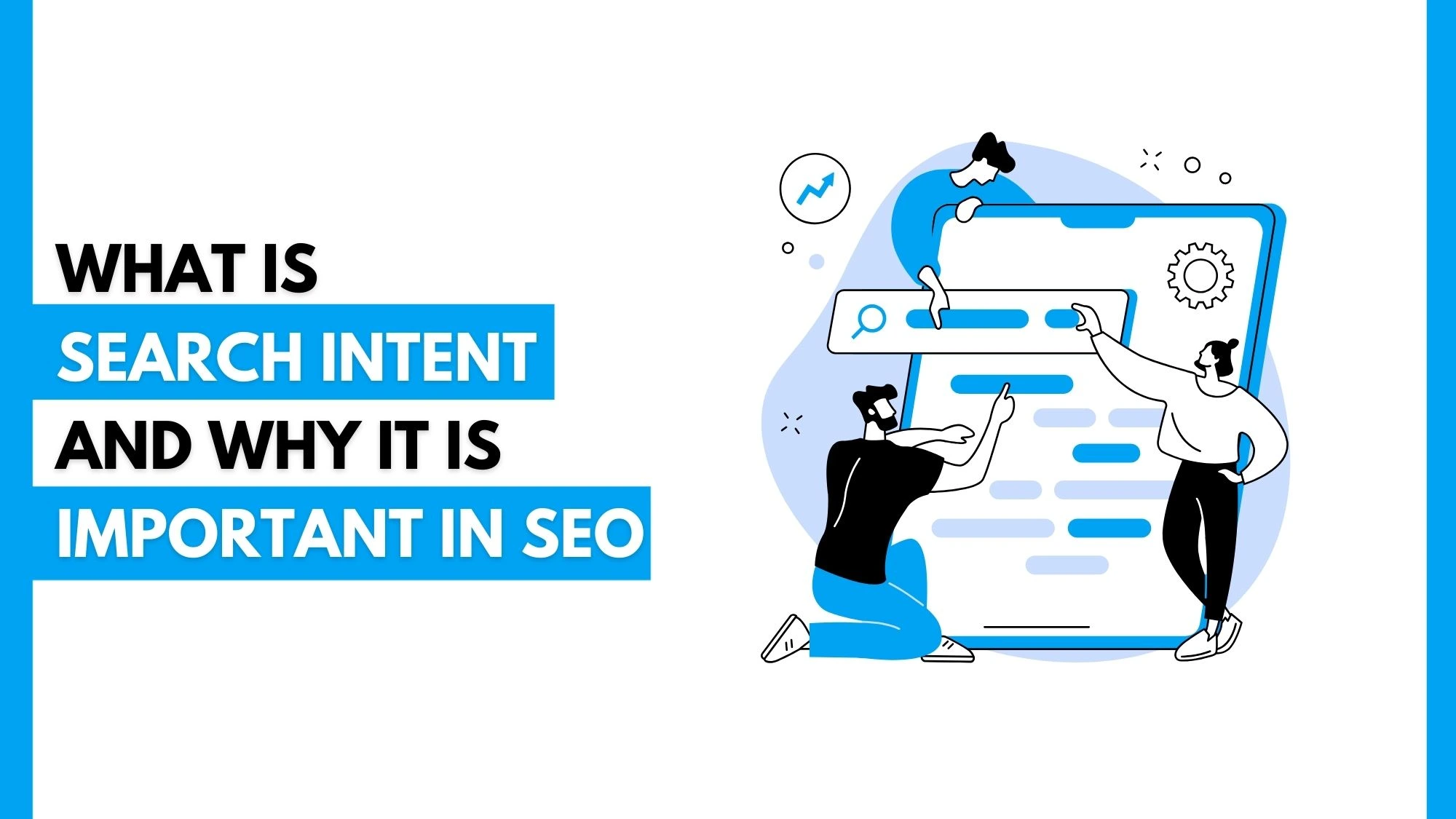
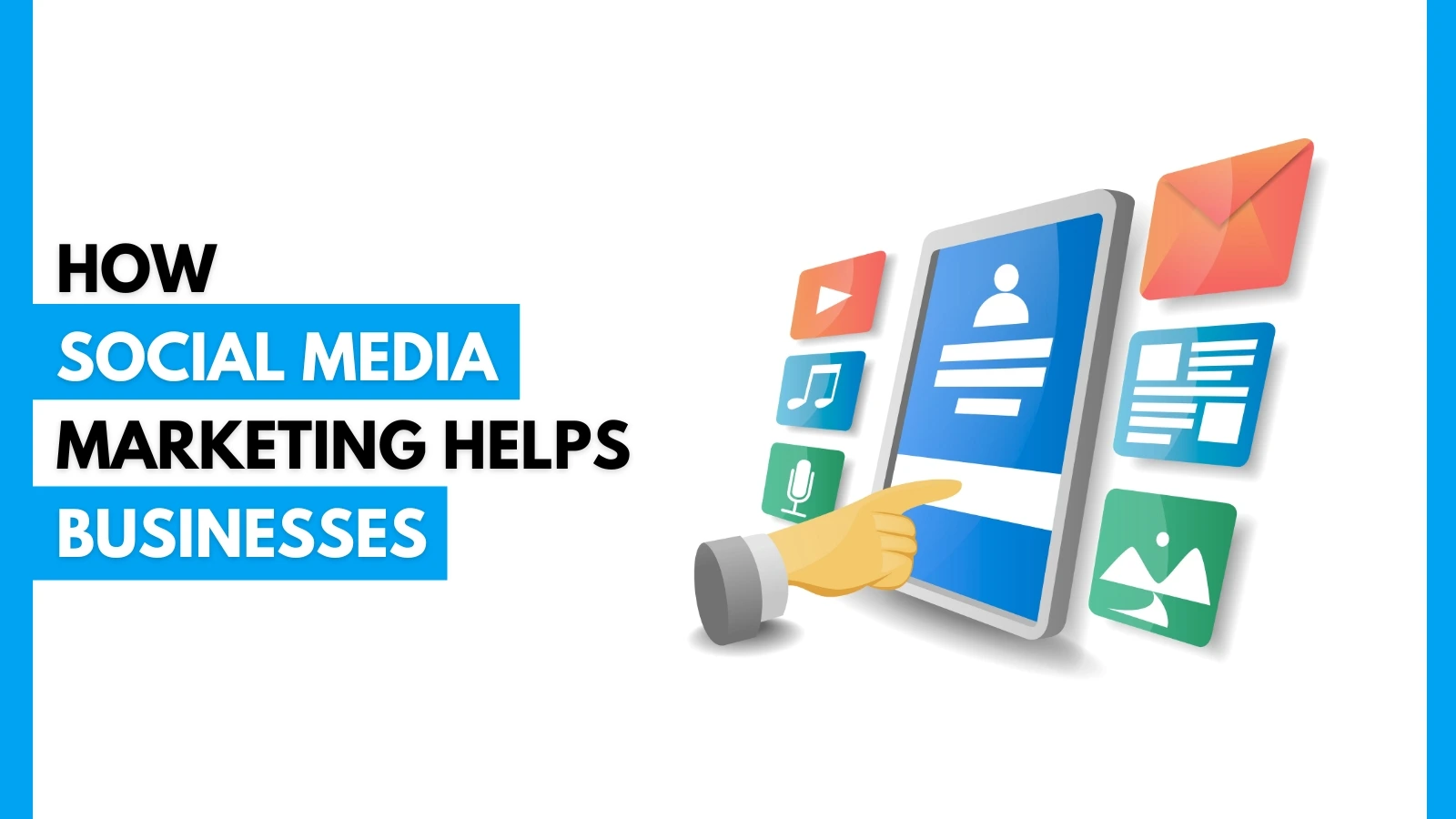
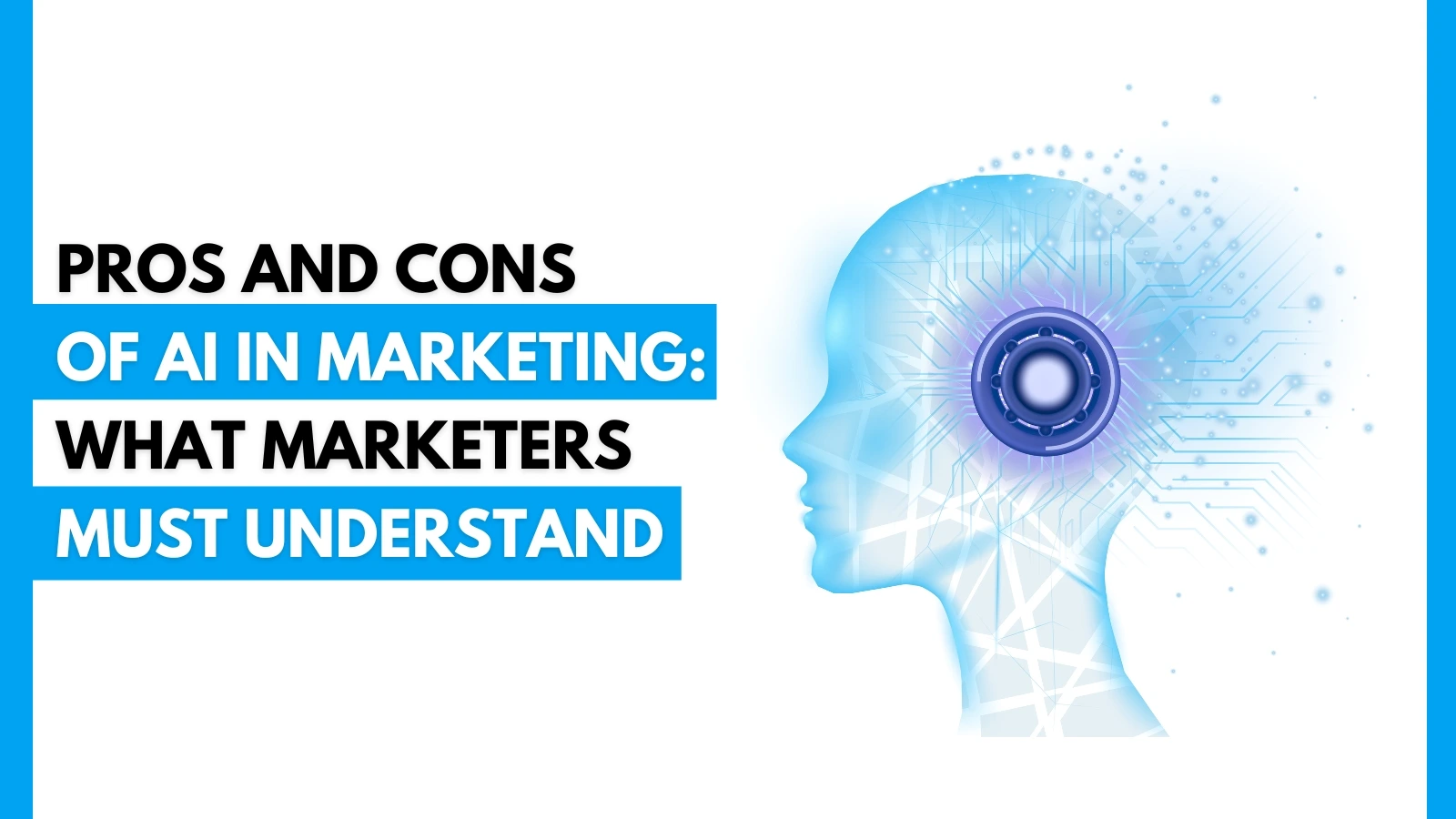
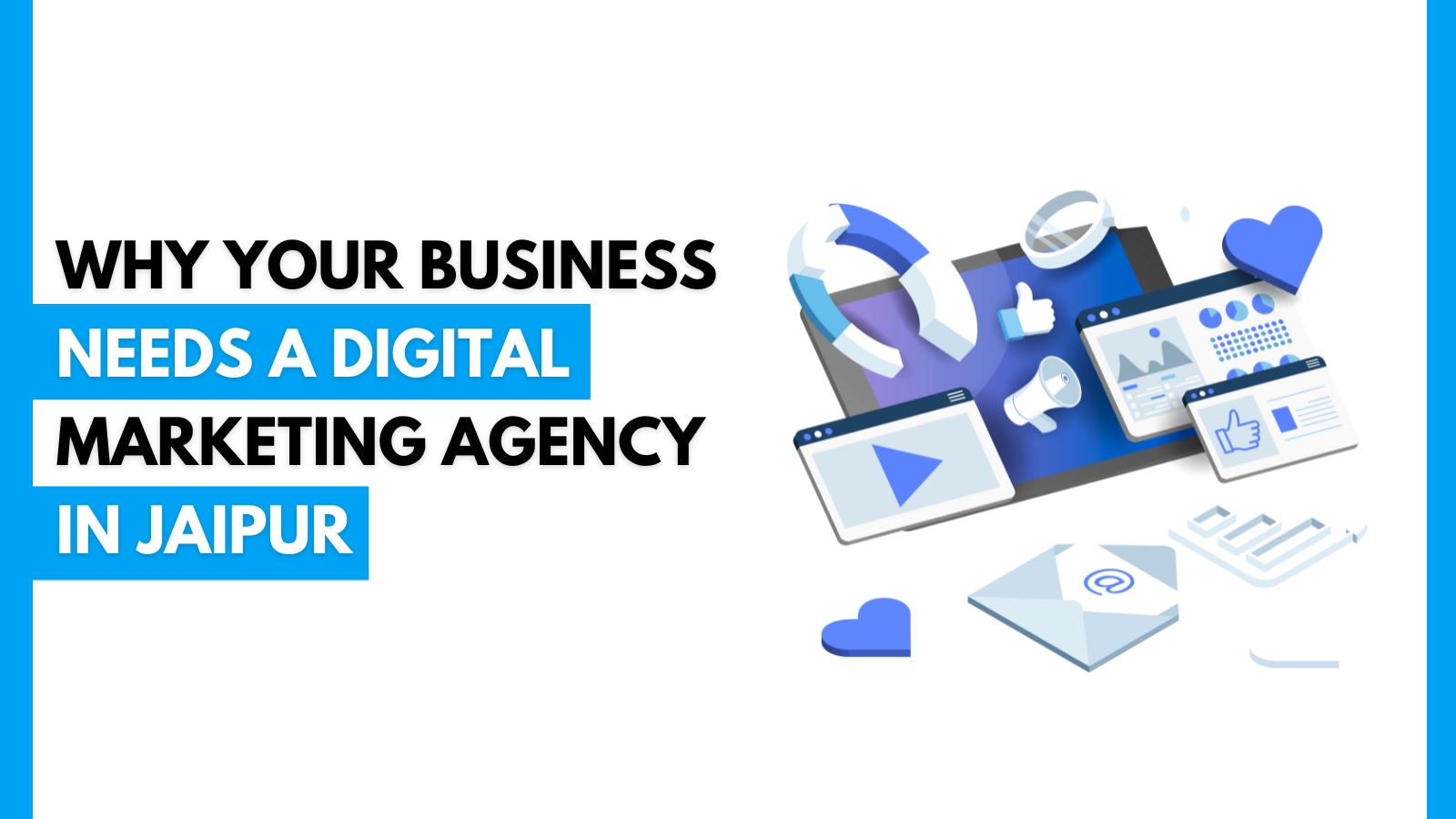
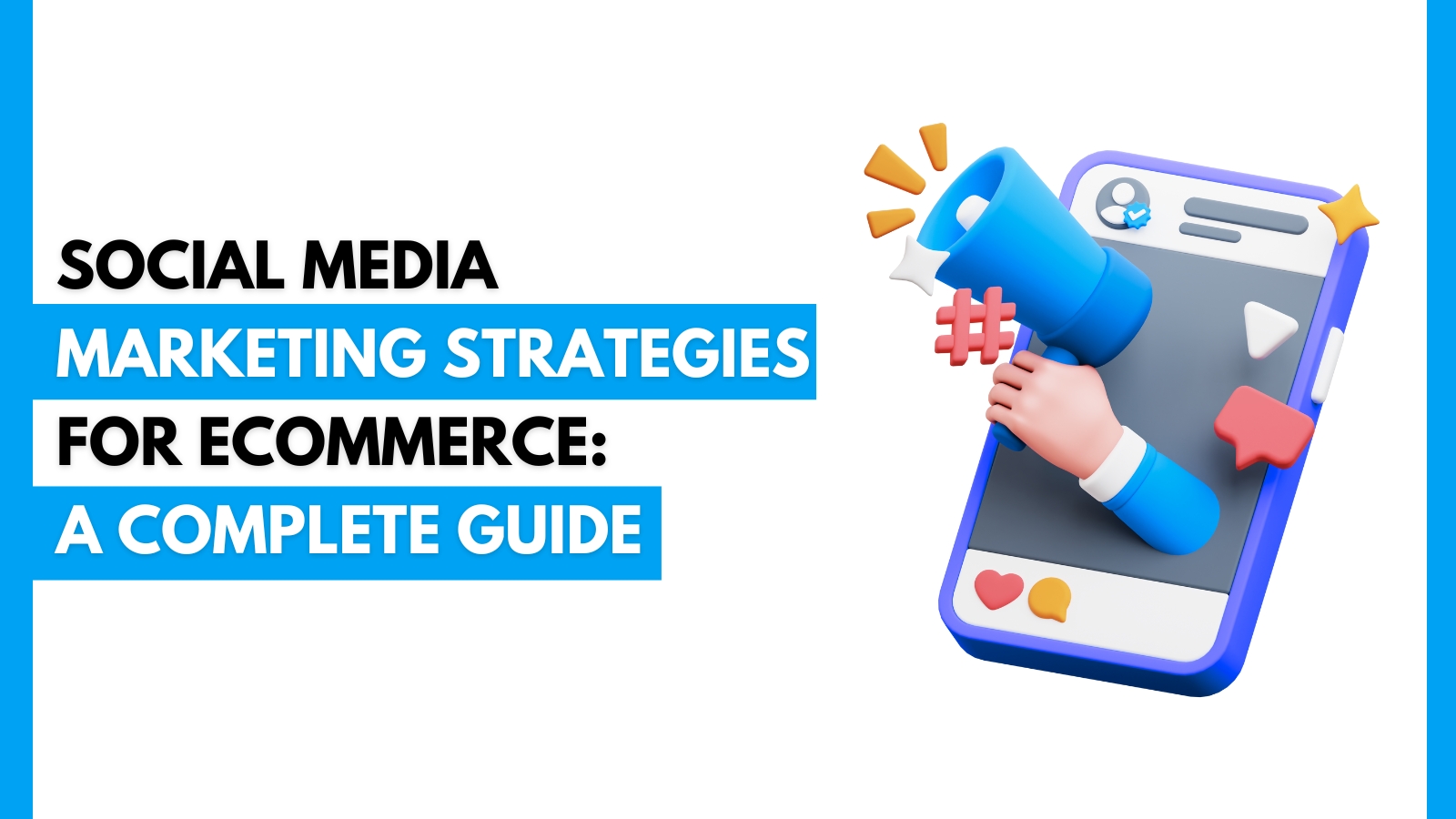

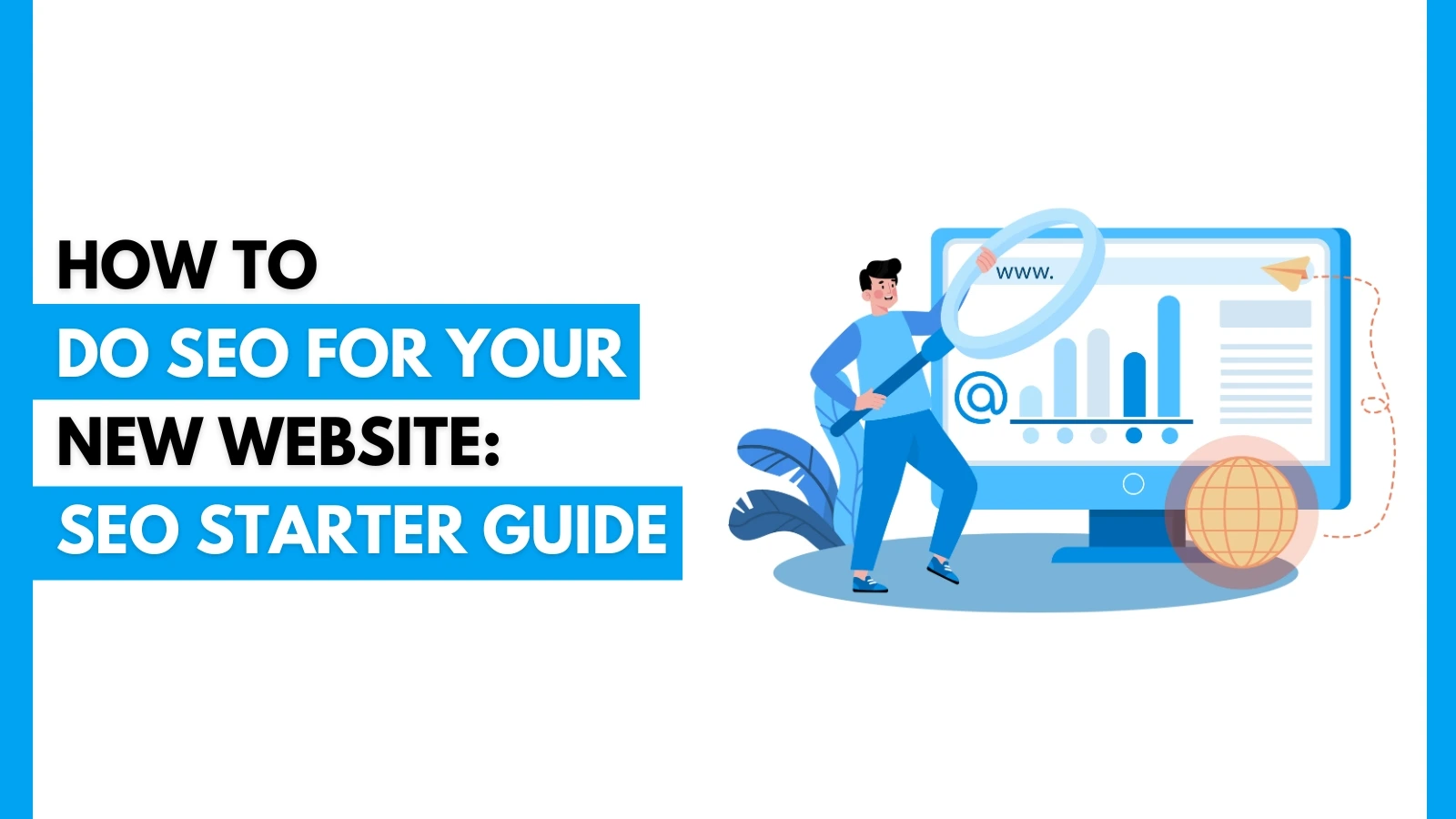
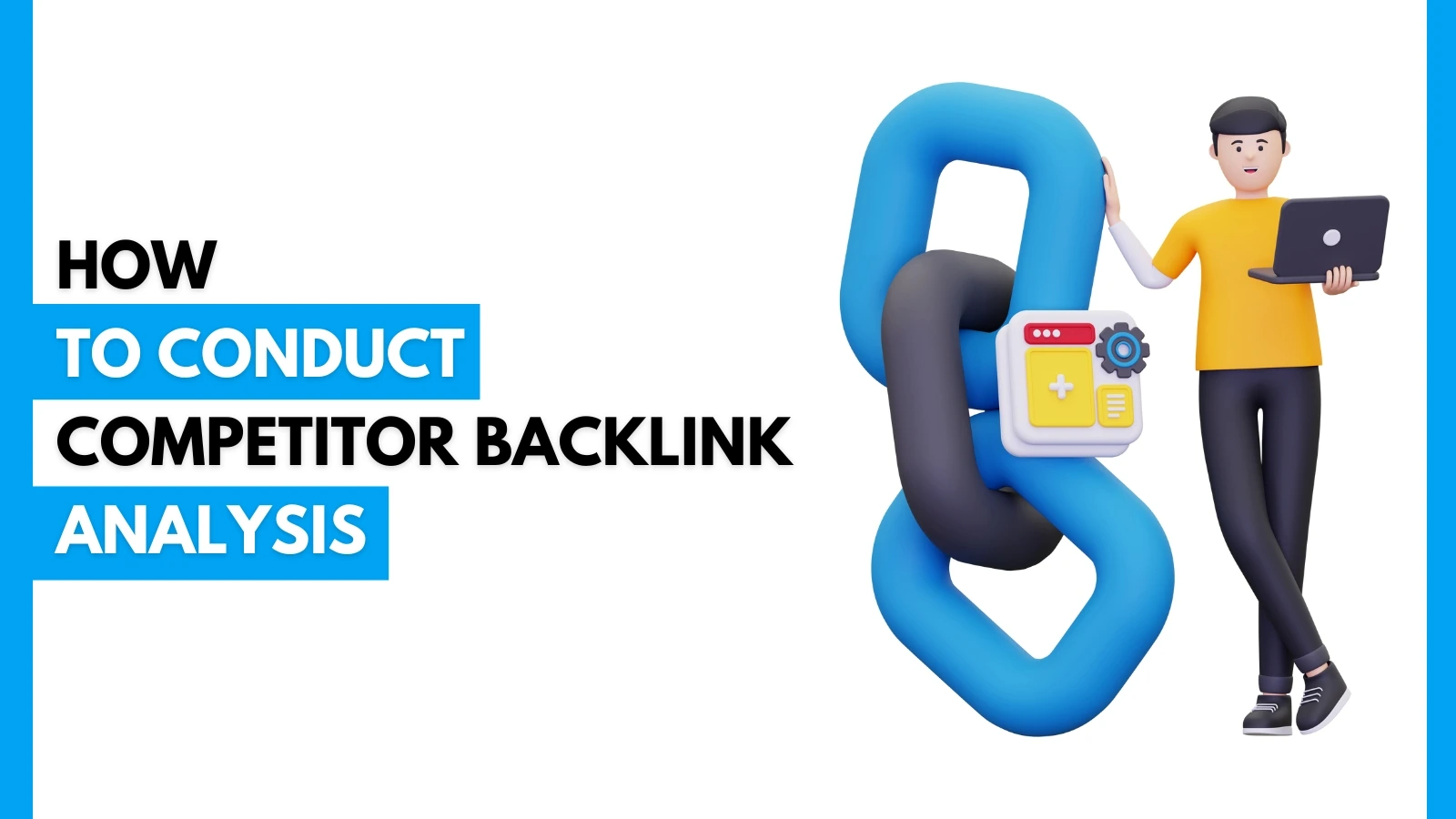
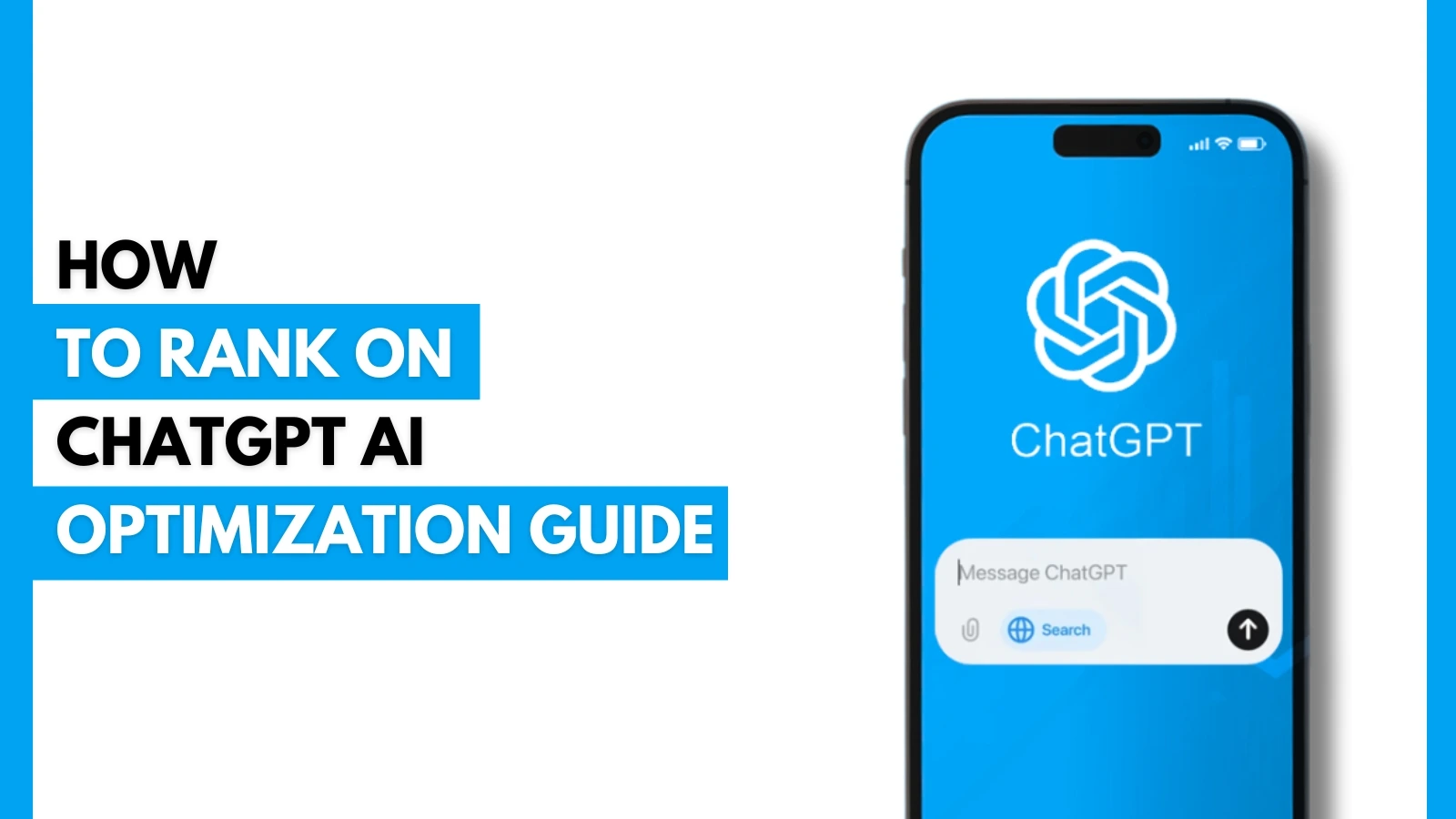
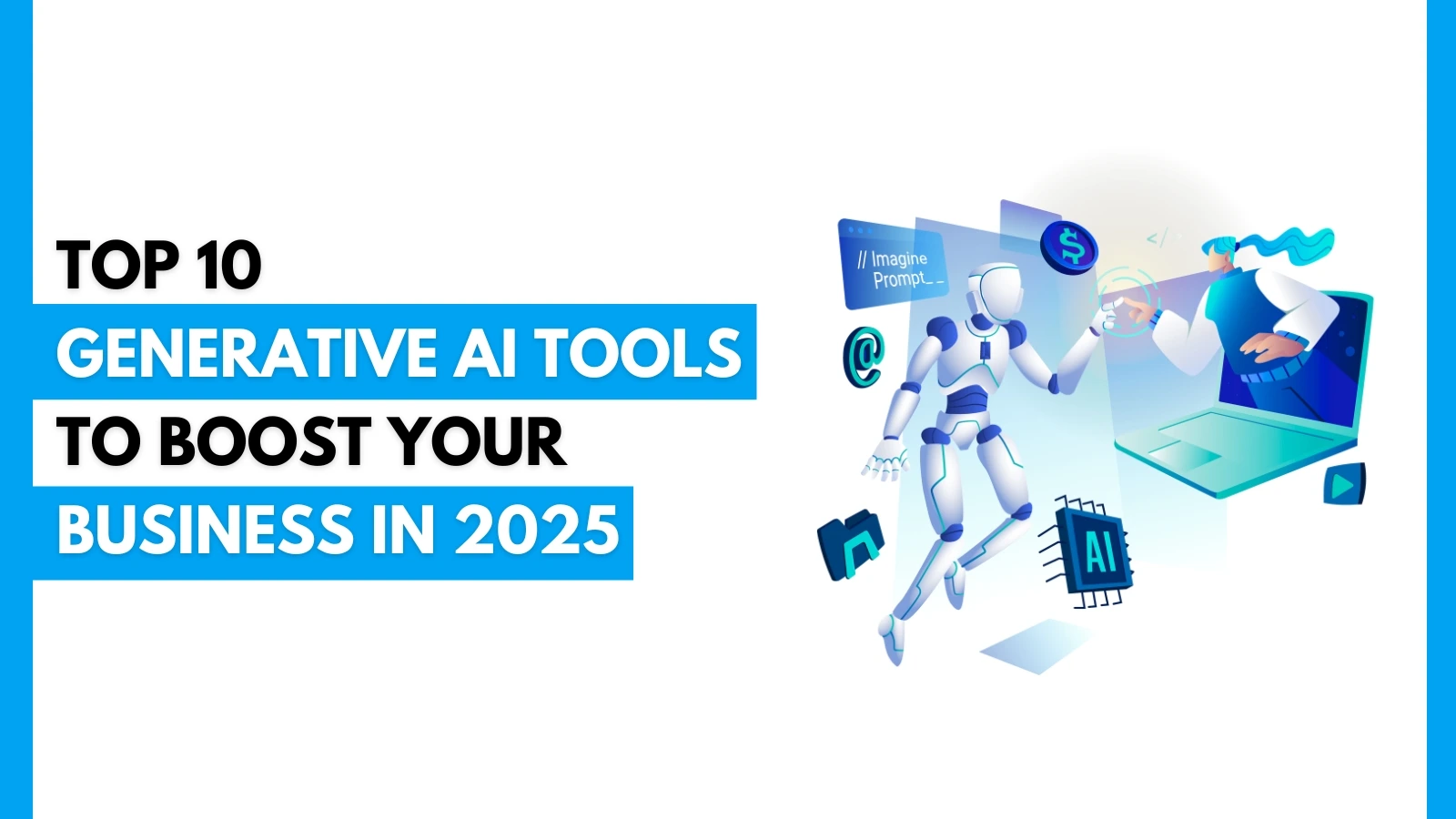
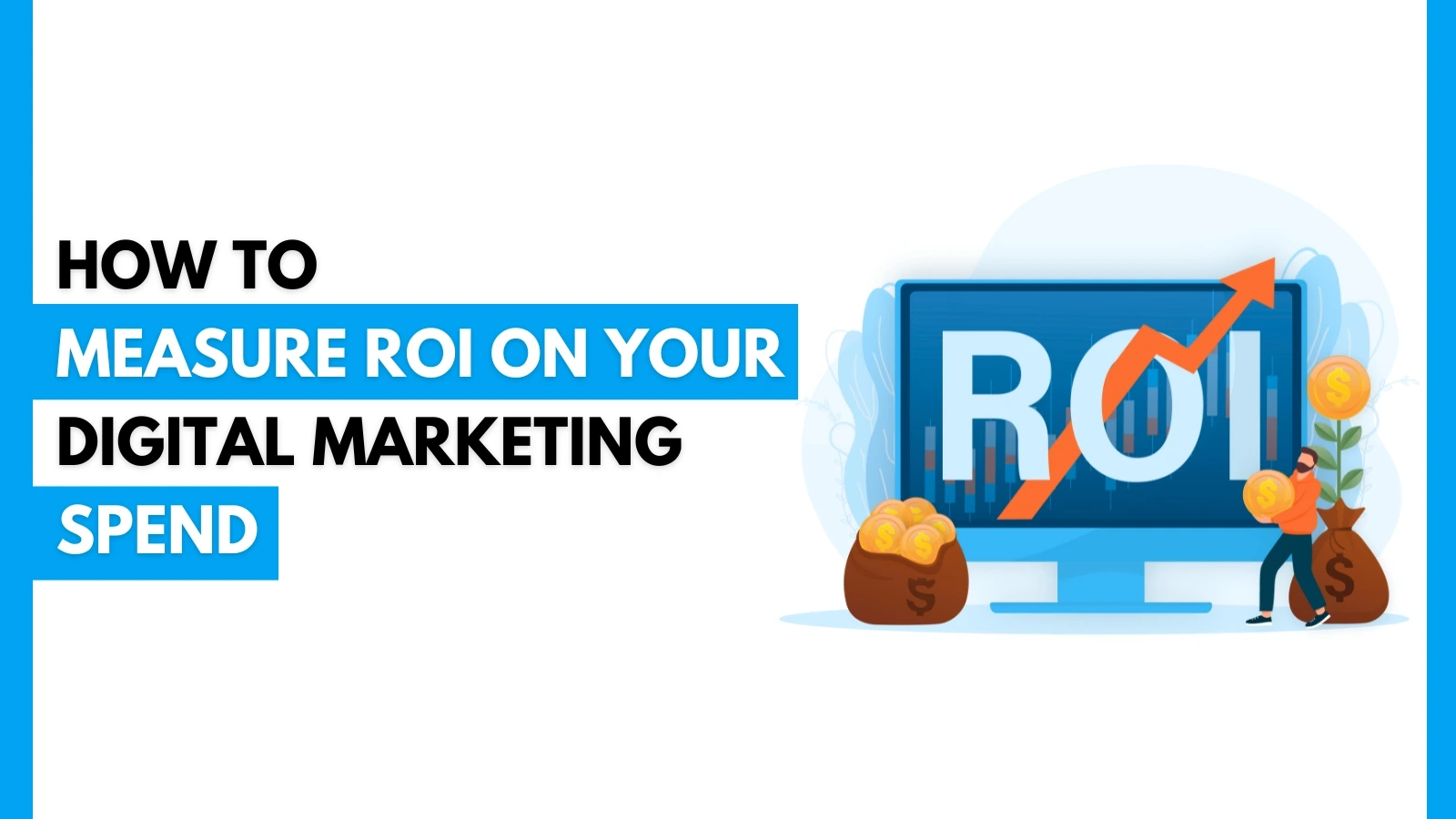
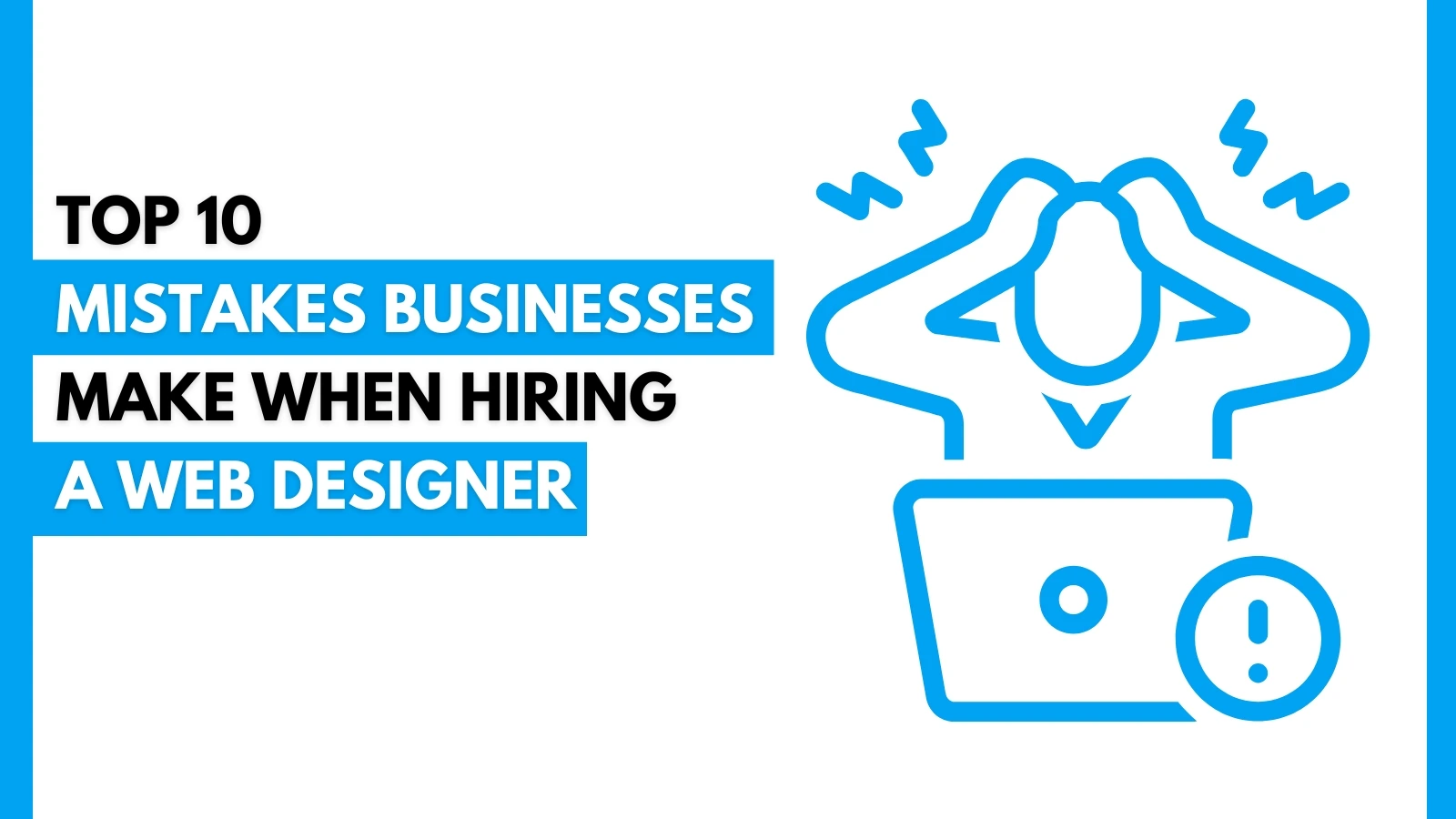
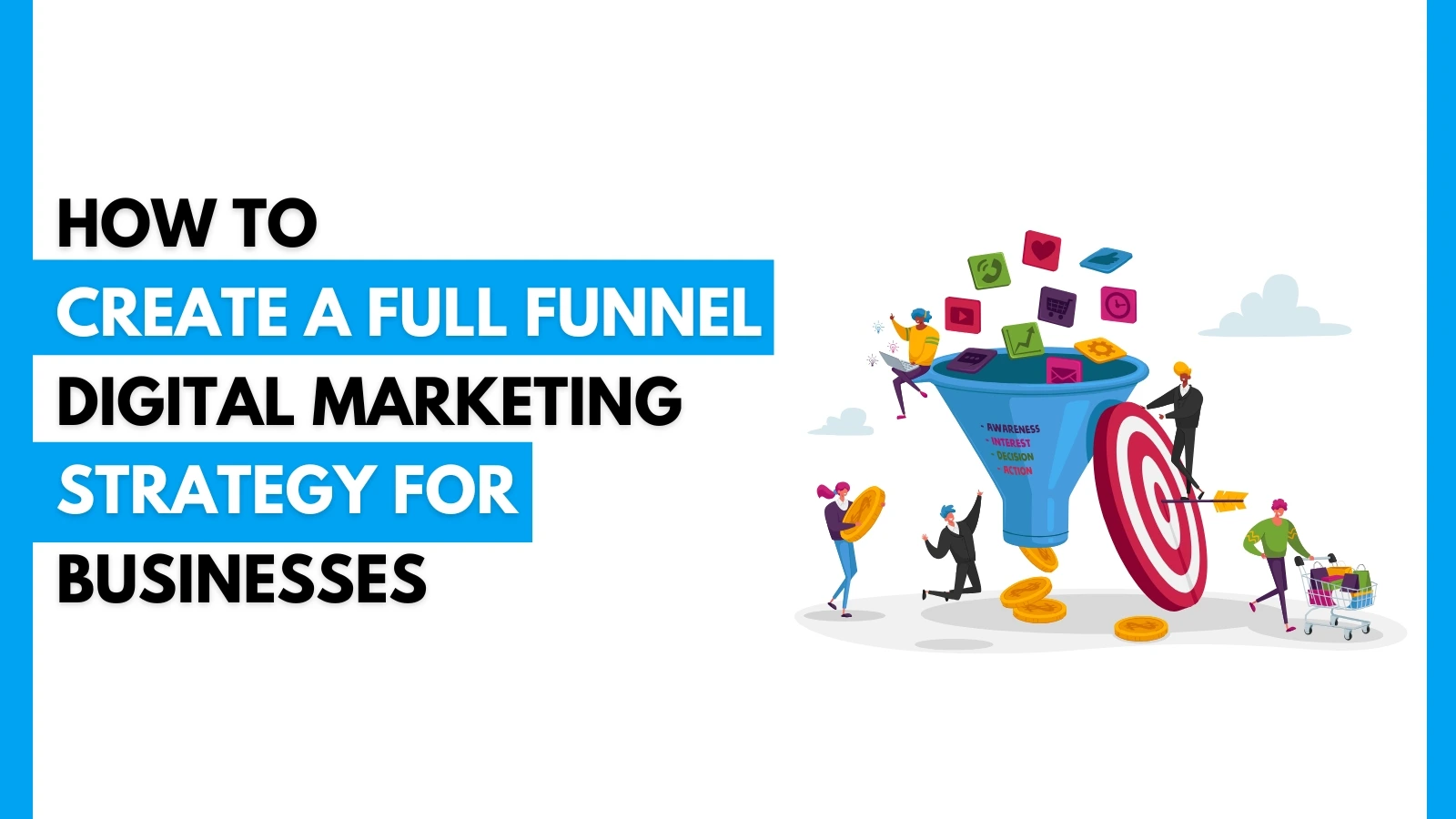
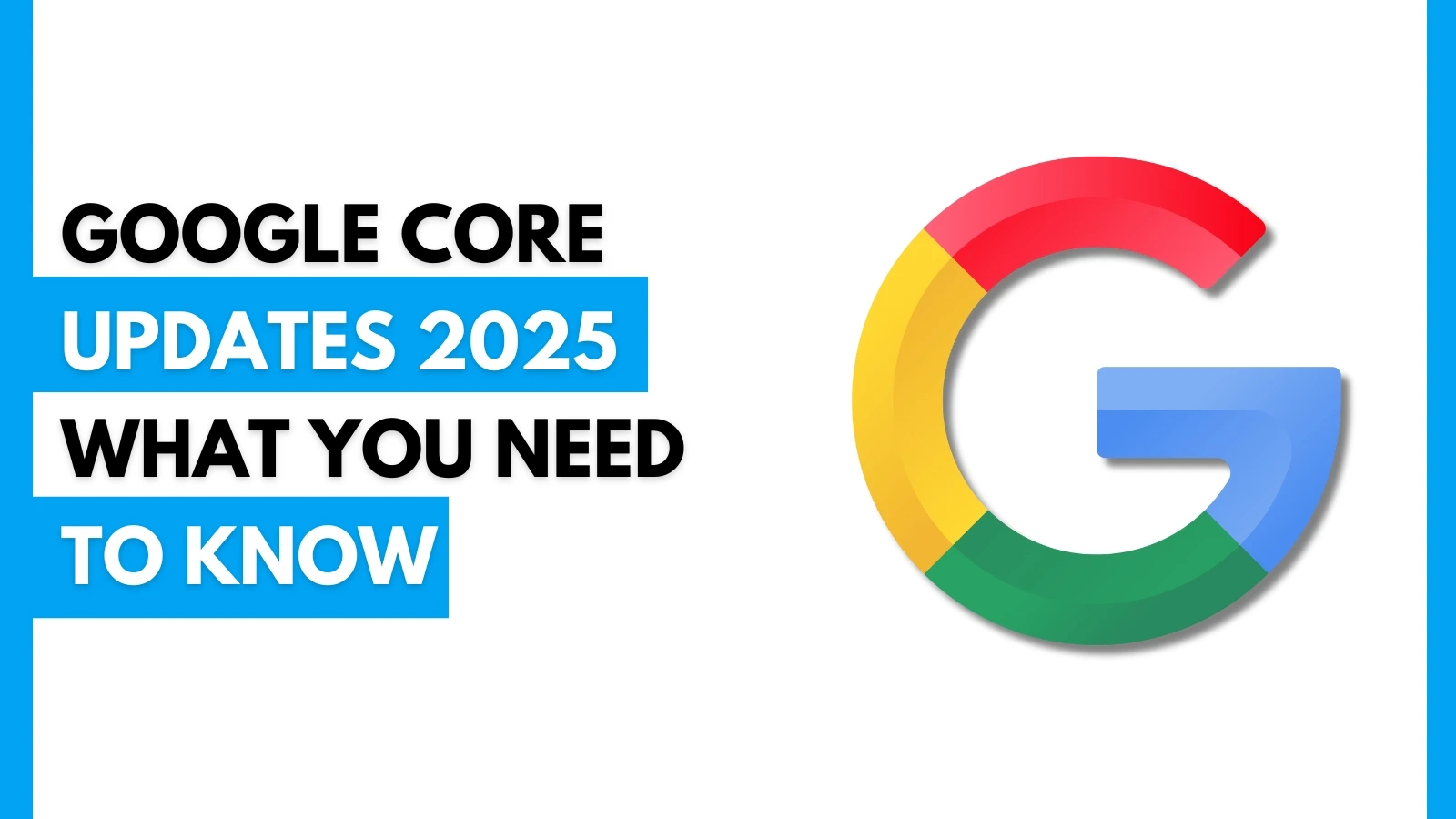
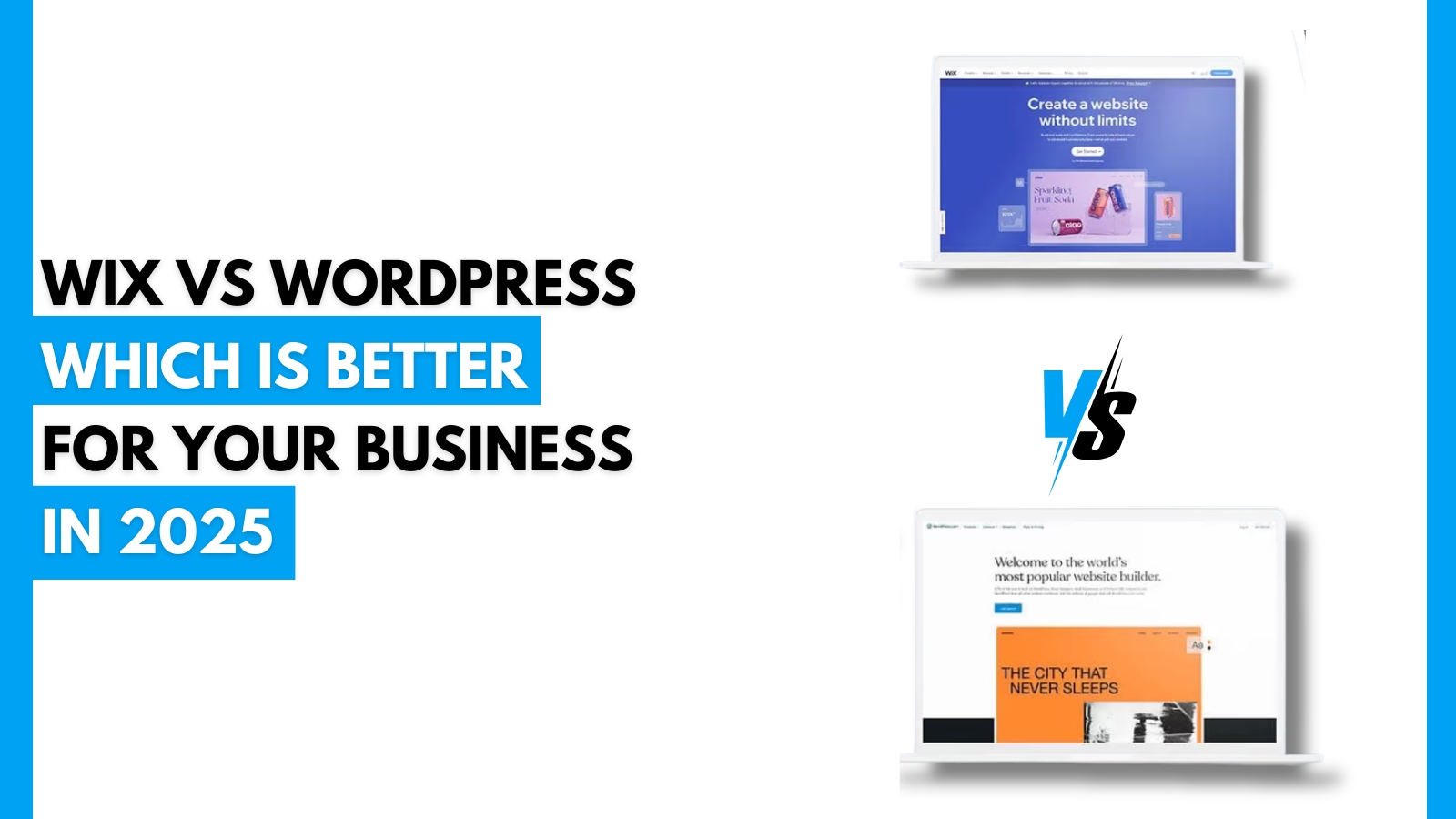




.webp)






















 A Complete Guide.webp)











































.jpg)










 Efficiently.jpg)
.jpg)
























.jpg)
.jpg)
























.jpg)


















.jpg)
.jpg)




























.webp)





.jpg)


















 Campaign.jpg)




.jpg)

.jpg)

.png)



.jpg)



.jpg)
.jpg)
.jpg)



.jpg)








.png)
.jpg)




.jpg)

.jpg)
.jpg)


.jpg)


.jpg)



.jpg)





















.jpg)














.png)





















.jpg)






.png)

.png)



.png)

.png)
.png)



.png)
.png)
.png)
.png)
.png)

.png)
.png)
.png)
.png)
.png)
.png)
.png)
.png)
.png)
.png)
.png)

.png)
.png)
.png)
.png)
.png)
.png)
.png)
.png)
.png)



.png)
.png)
.png)

.png)
.png)
.png)
.png)
.png)
.png)
.png)
.png)
.png)
.png)
.png)
.png)
.png)
.png)
.png)
.png)
.png)
.png)
.png)
.png)
.png)
.png)
.png)
.png)
.png)
.png)
.png)
.png)
.png)
.png)
.png)


.png)
.png)

.png)
.png)
.png)
.png)
.png)
.png)
.png)
.png)
.png)
.png)
.png)
.png)
.png)
.png)
.png)
.png)
.png)
.png)
.png)
.png)

.png)
.png)
.png)

.png)
.png)
.png)
 (1).png)
.png)
.png)
.png)
.png)
.png)
.png)
.png)
.png)

.png)

.png)
.png)
.png)
.png)
.png)
.png)
.png)

.png)
.png)
.png)
.png)
.png)
.png)
.png)
.png)
.png)
.png)
.png)
.png)
.png)
.png)
.png)
.png)


.png)
.png)
.png)
.png)
.png)
.png)
.png)

.png)
.png)
.png)
.png)
.png)
.png)
.png)
.png)
.png)

.png)
.png)

.png)
.png)
.png)

.png)
.png)
.png)

.png)
.png)
.png)
.png)
.png)
.png)
.png)
.png)
.png)
.png)
.png)
.png)
.png)
.png)
.png)
.png)
.png)
.png)